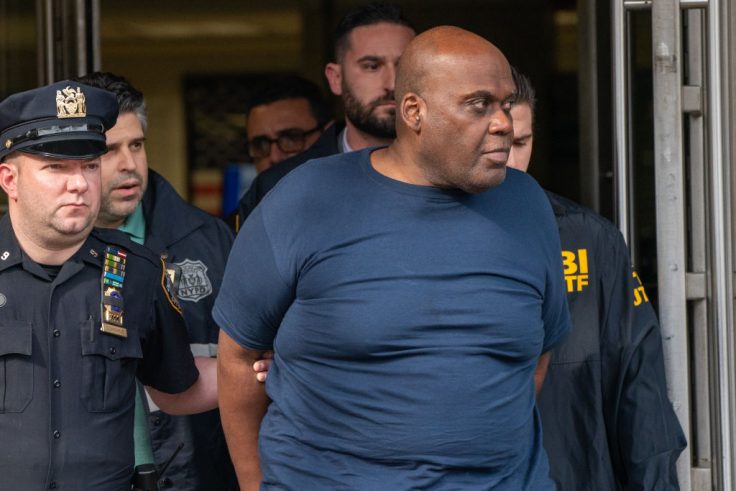A Washington Free Beacon report last week from our colleague Charles Lehman put data behind what we all know to be true: that the media harp on violence carried out by whites and downplay it when the perpetrator is black—or should we say "Black."
That report went up on Thursday, the day after police arrested the black nationalist who gunned down 13 people in a Brooklyn subway station. His race—and his professed bigotry against whites and Jews—were either excluded from media reports entirely or described in an anodyne way. The New York Times described his "harshly bigoted views"—against whom, they could not say.
Then came the release of video from a police shooting in Grand Rapids, Mich., an incident with a white "perpetrator" and a black victim. Video shows 26-year-old Patrick Lyoya fleeing from the unidentified officer before grabbing for the officer's taser. The two struggle on the ground before the officer fatally shoots Lyoya.
The incident became the subject of wall-to-wall news coverage, with the New York Times, the Washington Post, and CNN referring to Lyoya as an "unarmed Black man"—even though he had grabbed the cop's taser.
Add to that the media's uncritical promulgation of the grieving family's claim that Lyoya was "killed like an animal" and family lawyer Benjamin Crump's characterization of the incident as an "execution." Crump pushed his claim on air with MSNBC's racial agitator Al Sharpton, who is set to deliver the eulogy this week. It's no wonder Michiganders spent the weekend protesting. (The press apparently doesn't use pompous fact-checking clauses like "claimed without evidence" unless it's former president Donald Trump or one of his allies who's doing the talking.)
The coverage of the Grand Rapids shooting was so over-the-top that the sober commentary offered by a former cop, Baltimore's Anthony Barksdale, seemed almost out of place. "When you have an individual … trying to take control—or has control—of the officer's equipment, especially a taser, then lethal force is the next level above a taser," Barksdale told CNN. "The test is, what would a reasonable officer do? The issues with the taser, I could see lethal force being used by this officer."
The hysterical media coverage of the incident is surely being consumed by the next subway shooter out there, whose motivations will then be dutifully buried in paragraph 21 of the New York Times report on the tragedy, if they get a mention at all.
